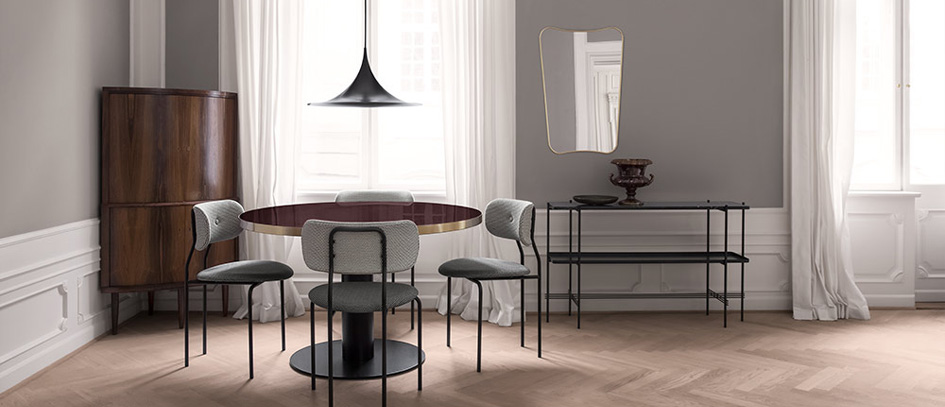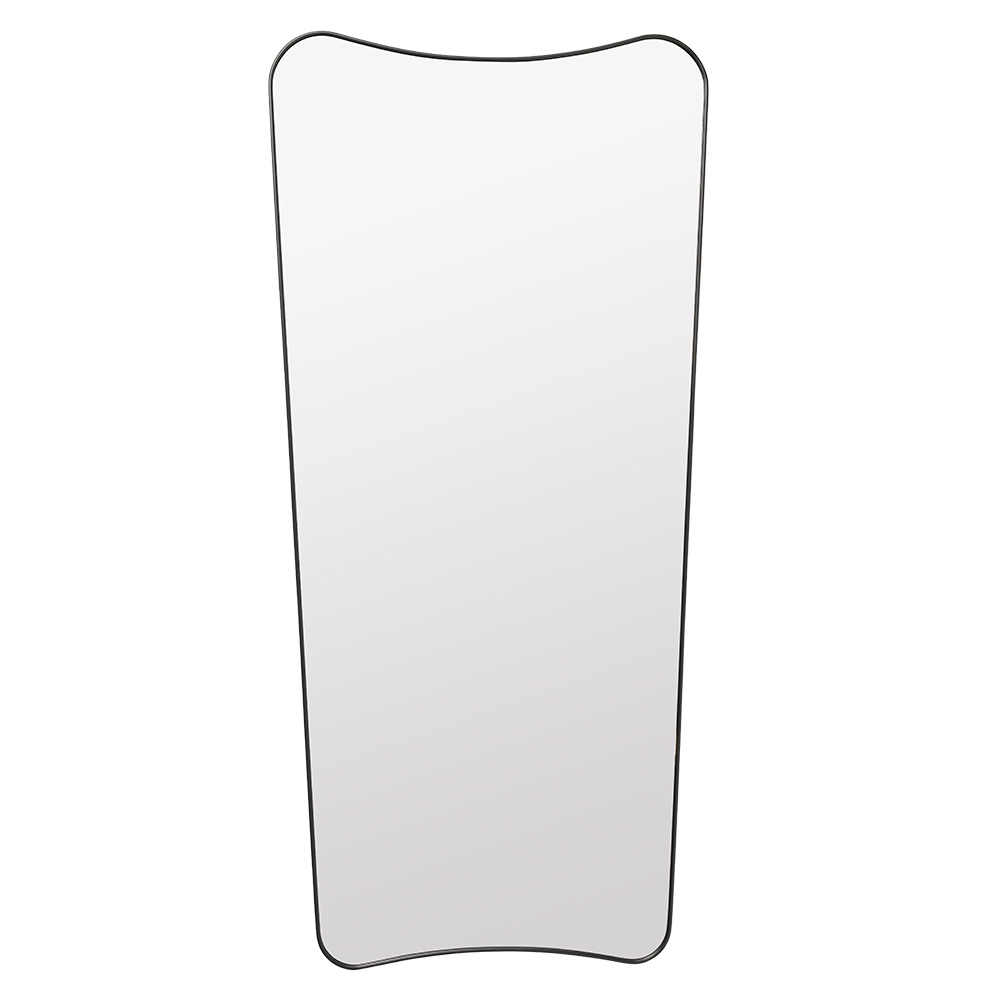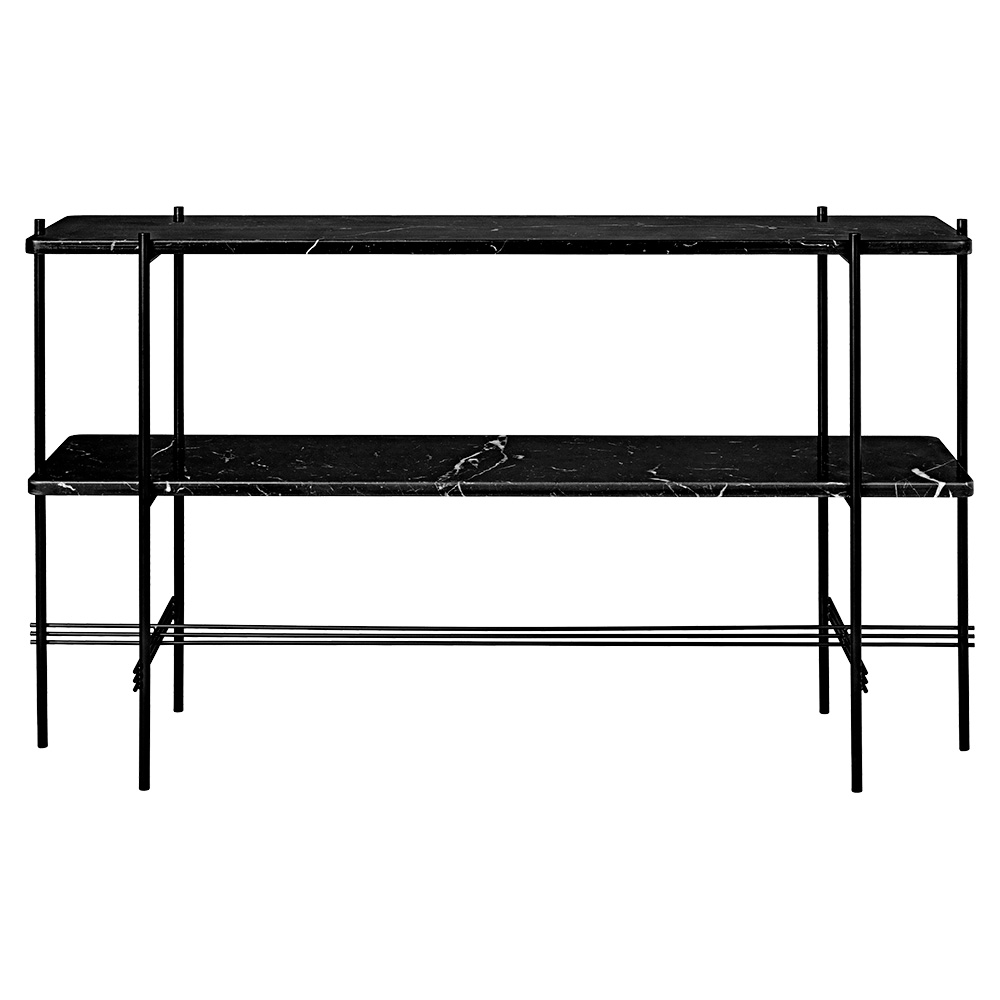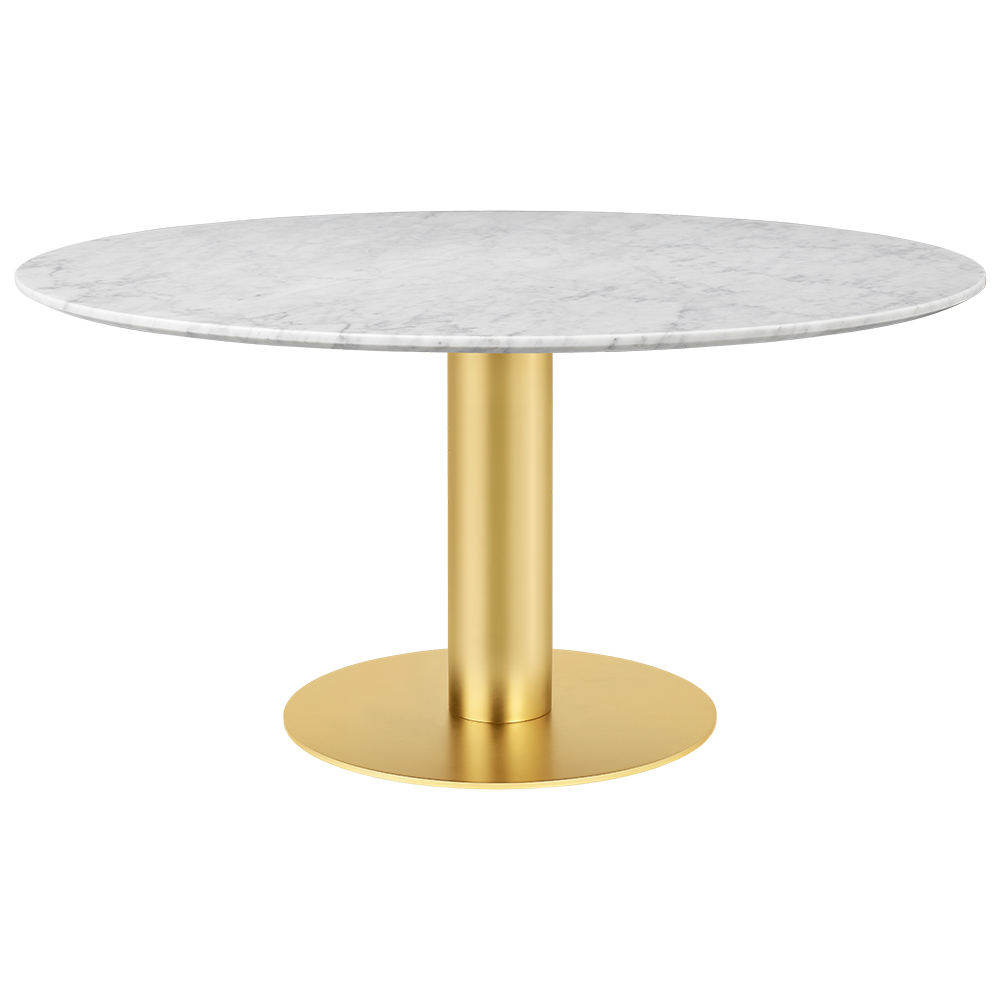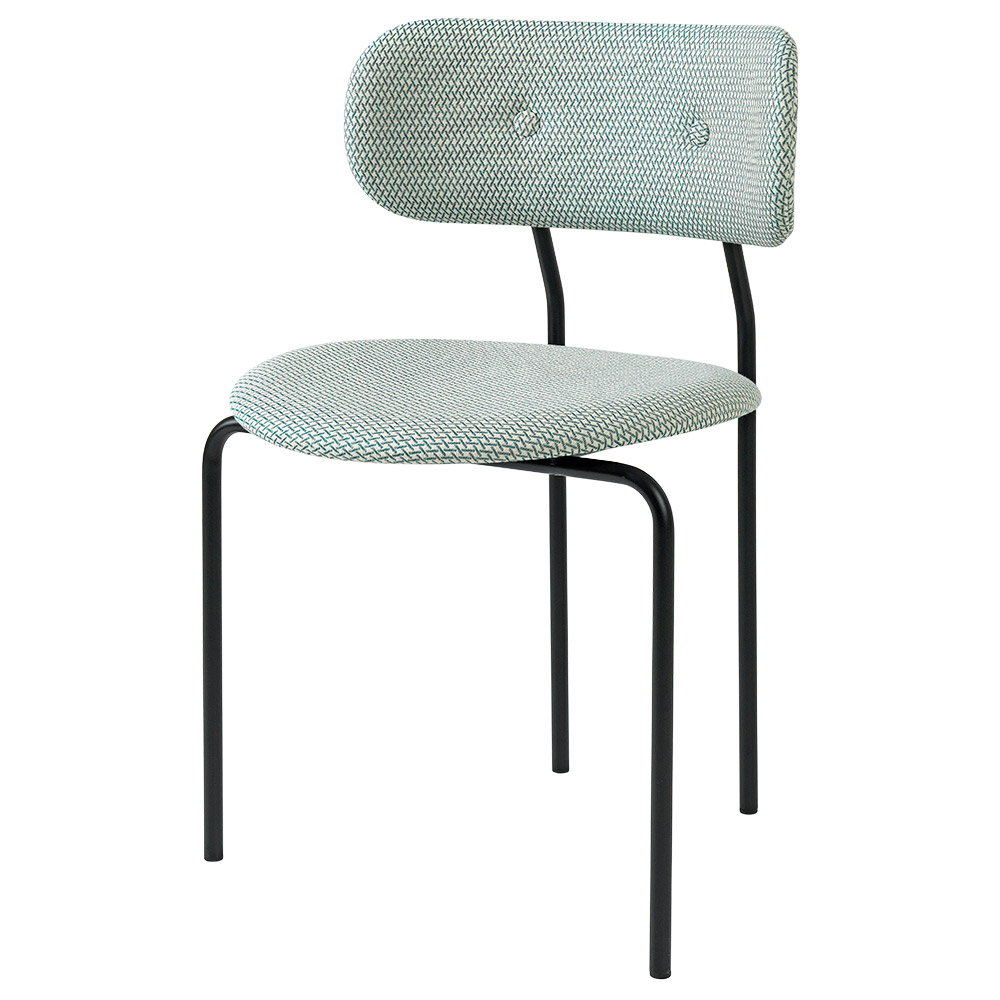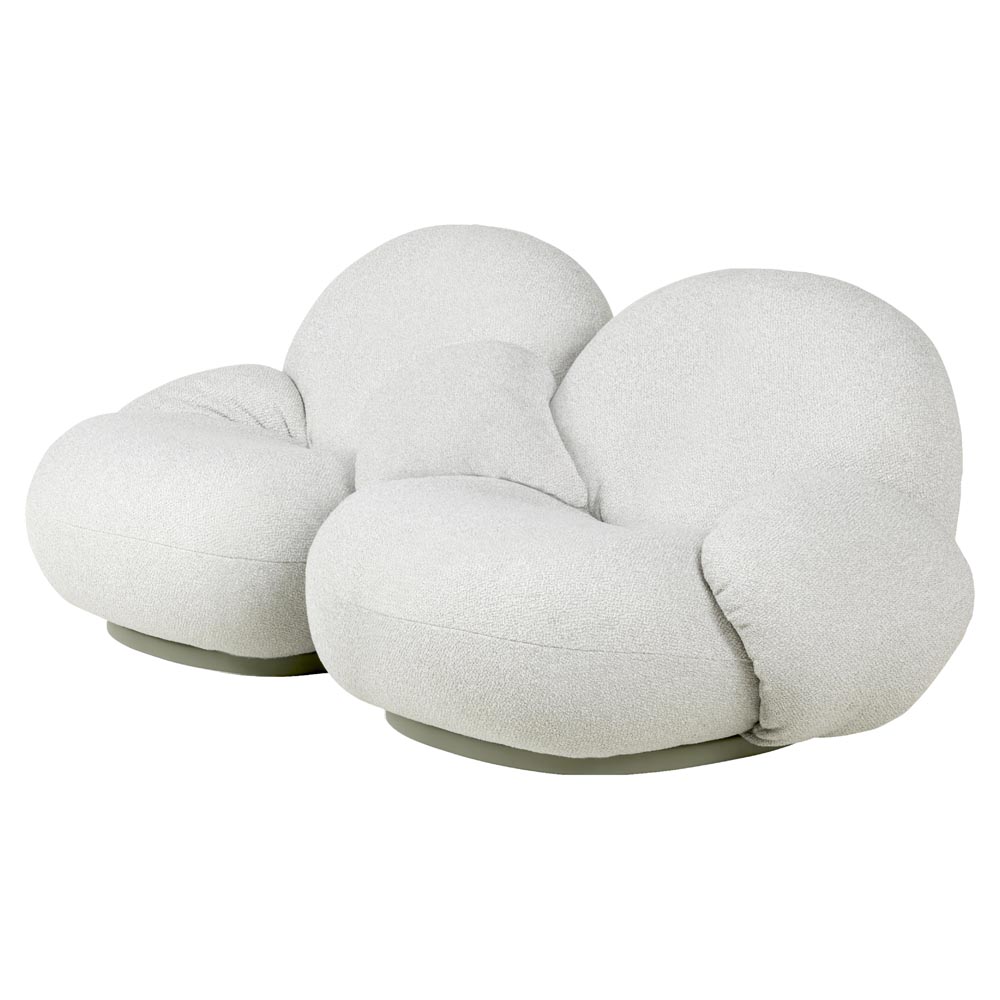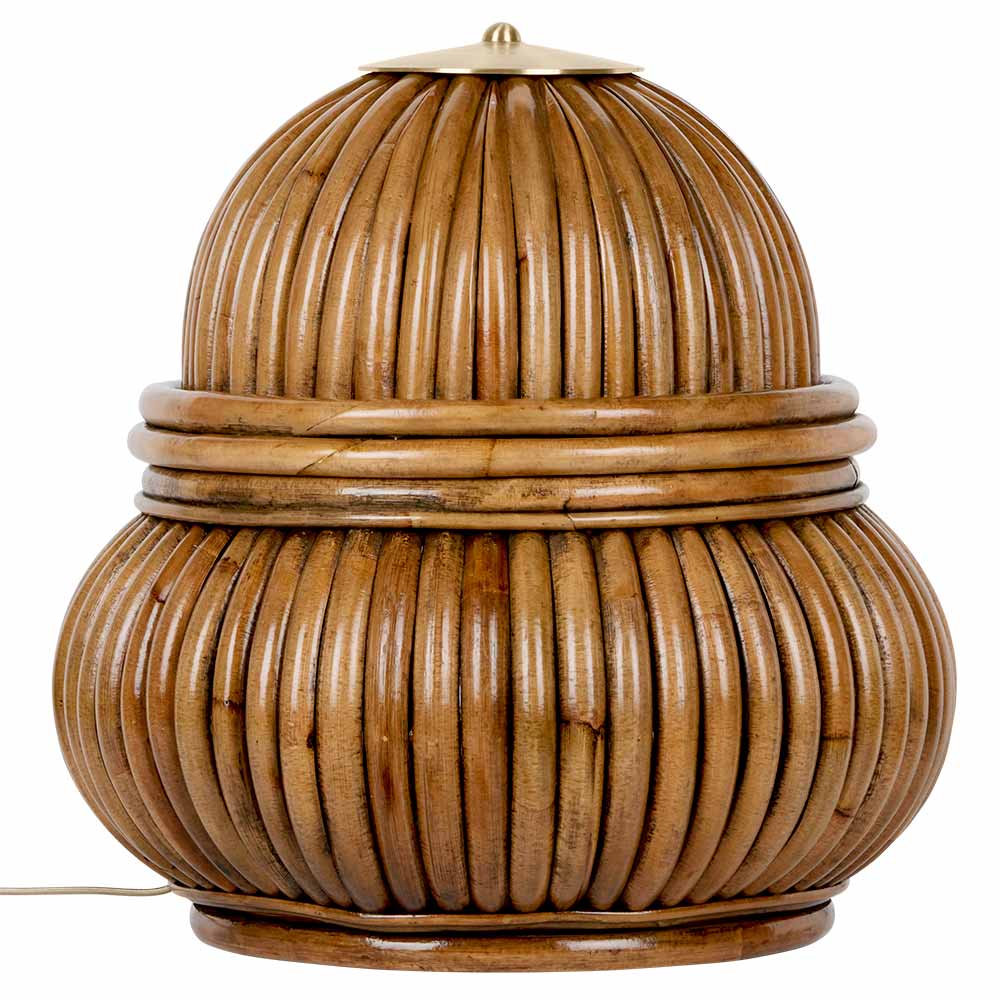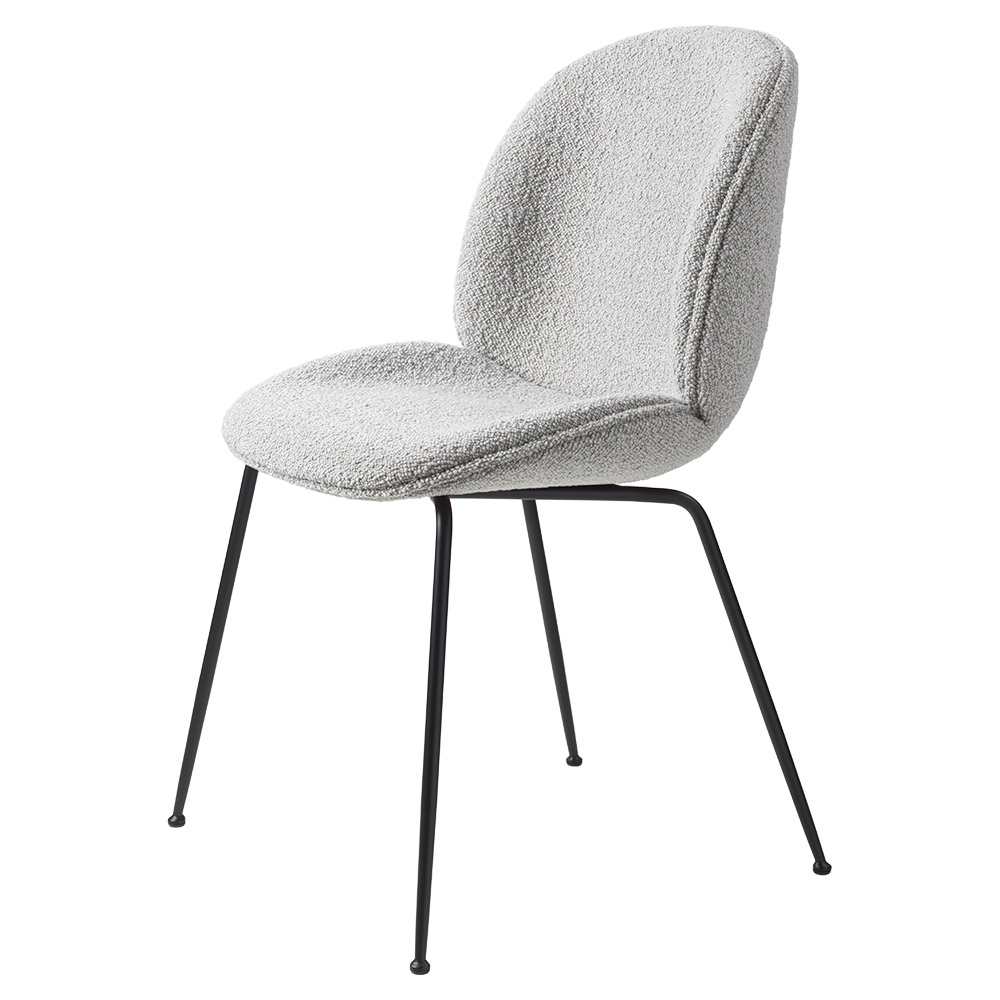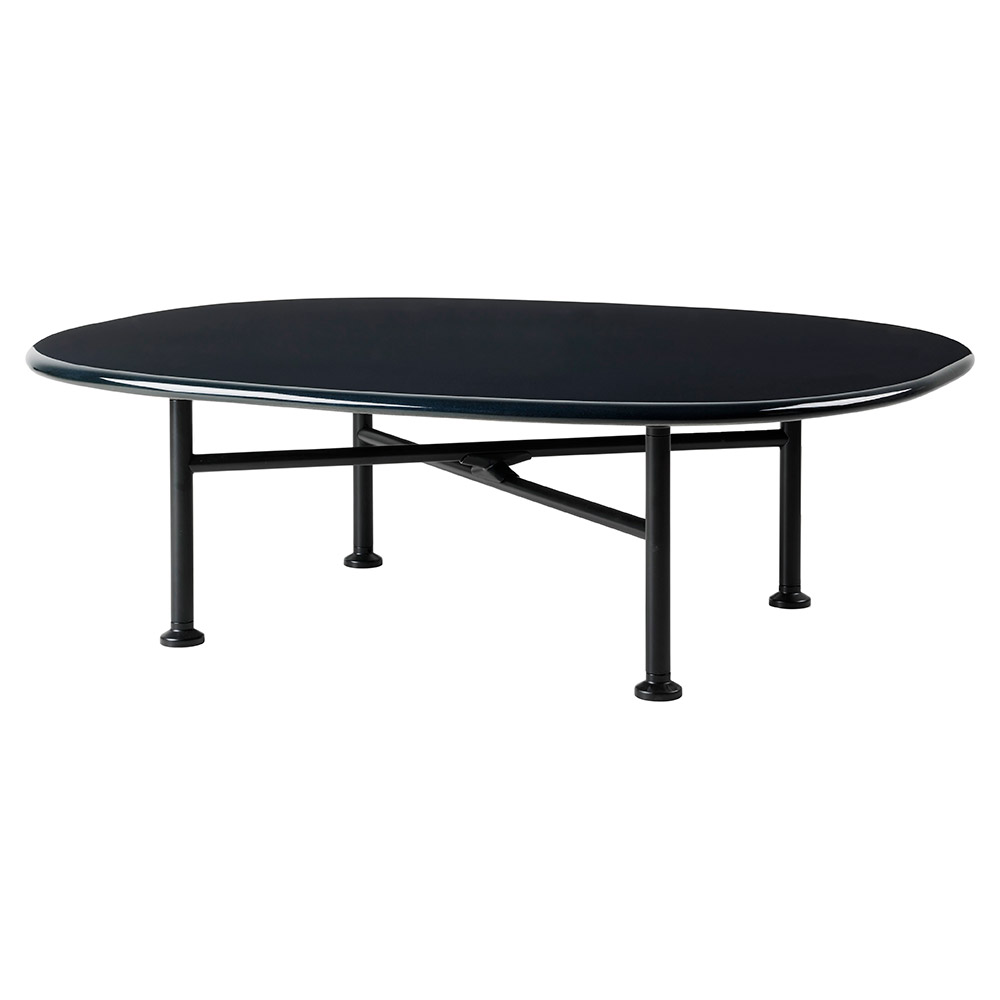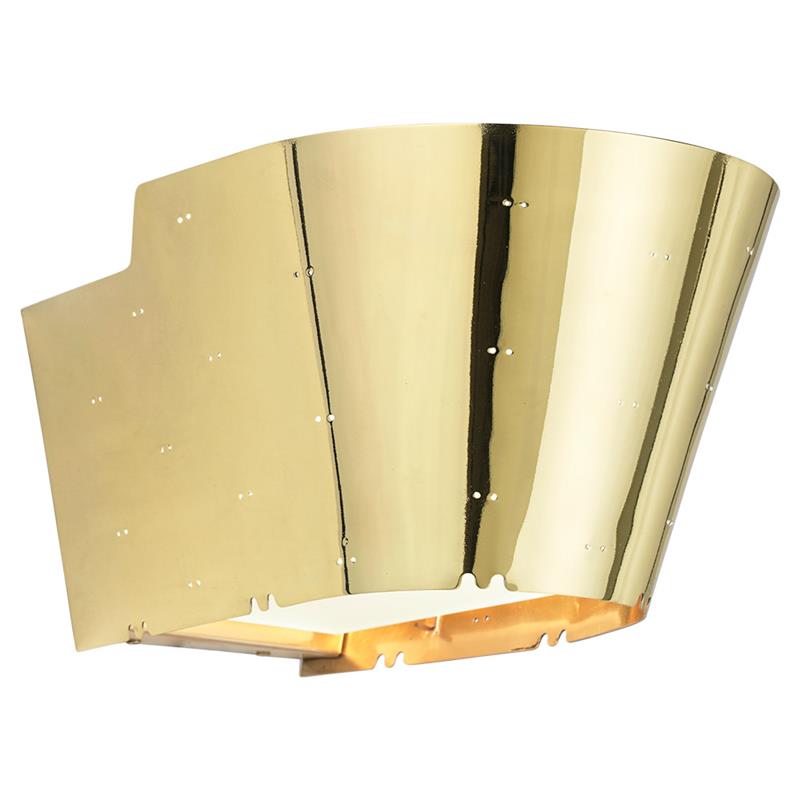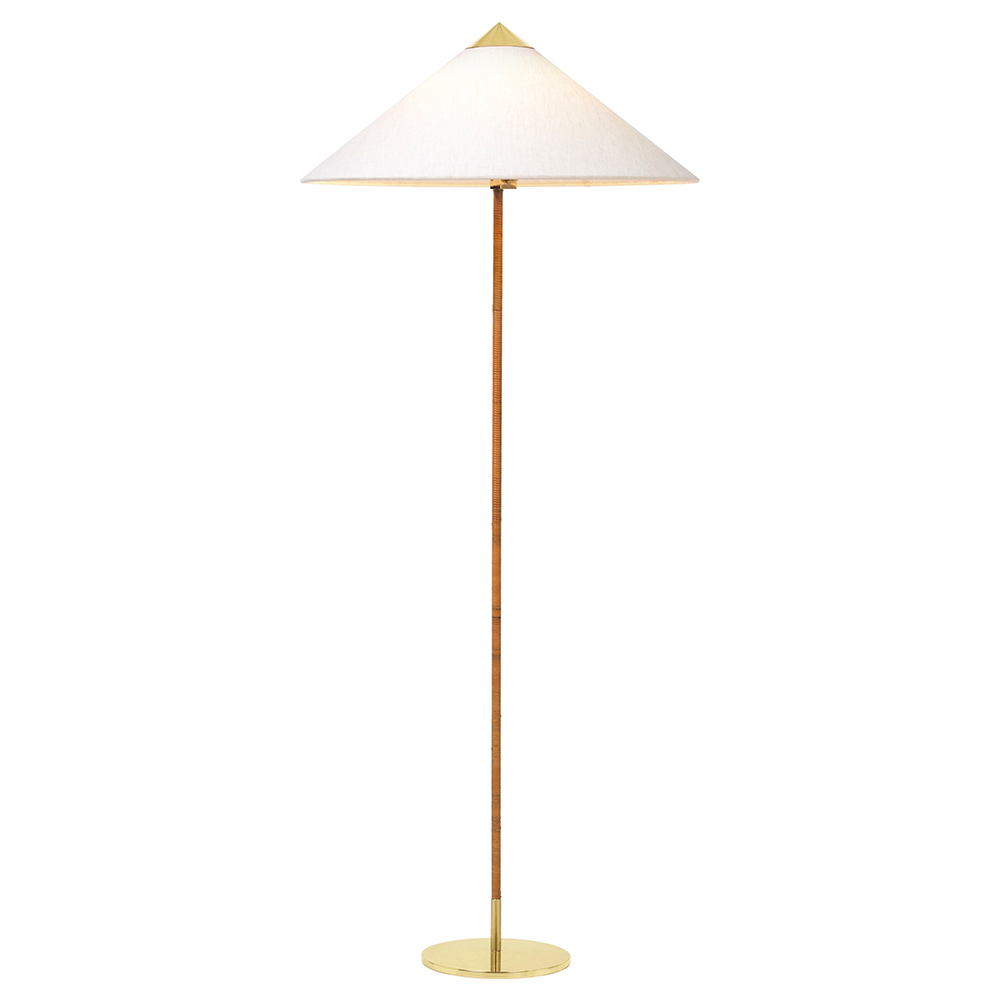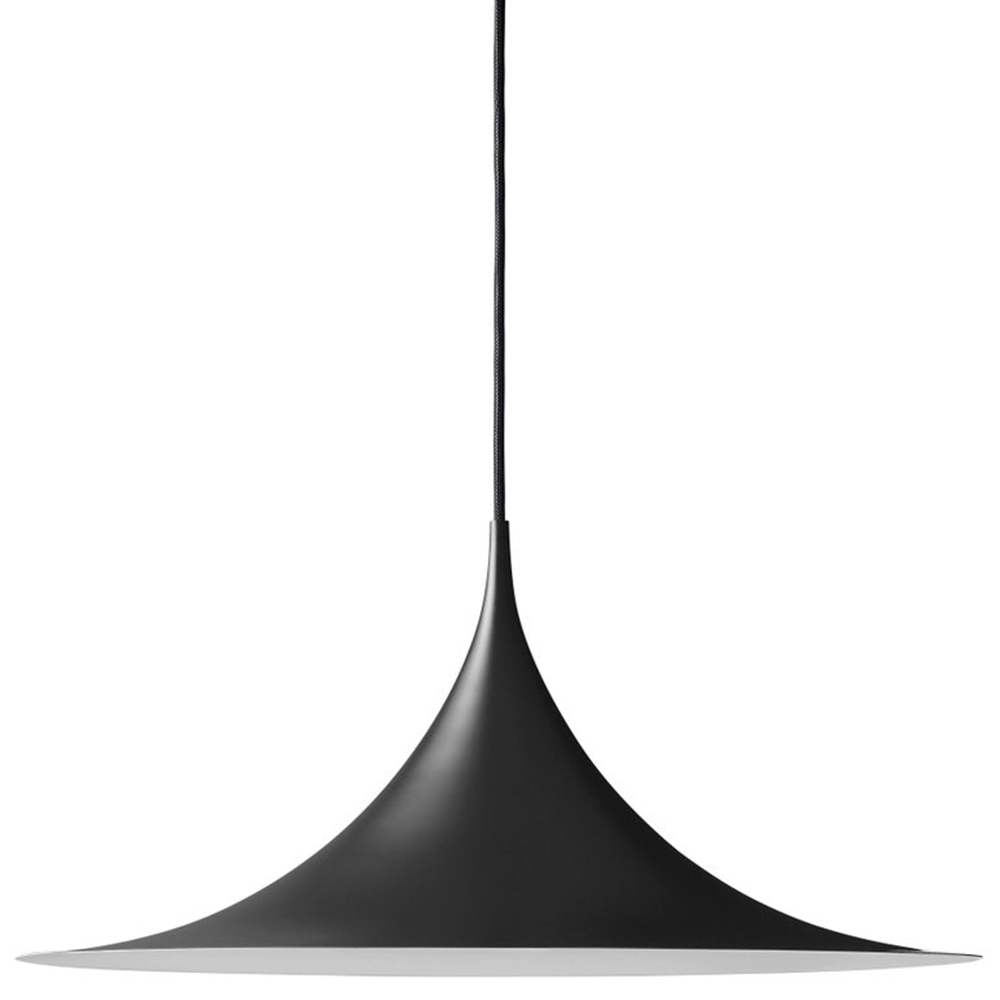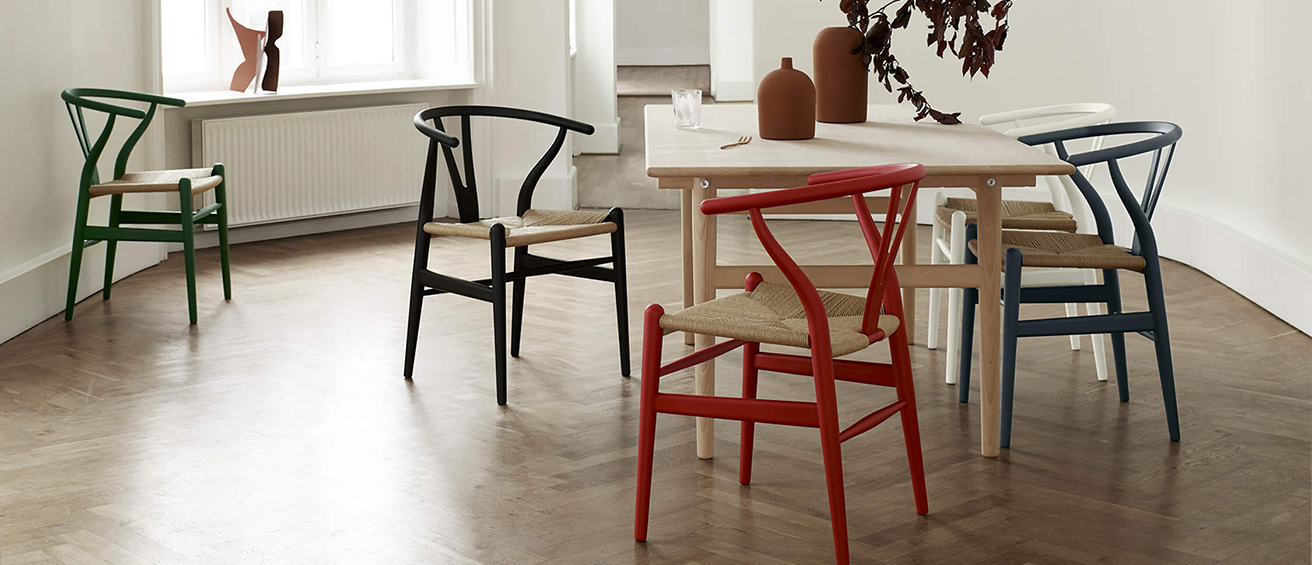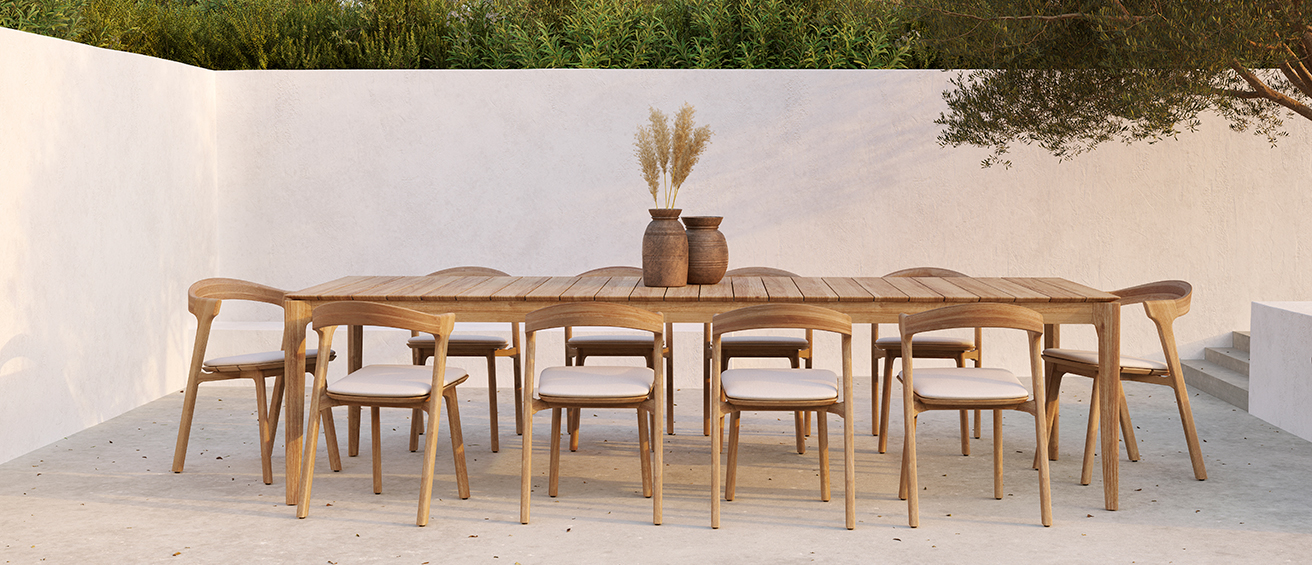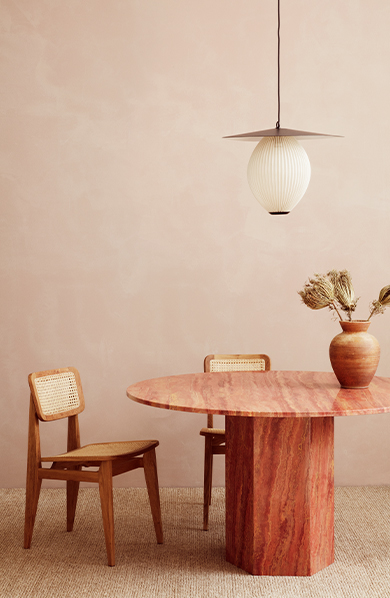More than a mirror, Gio Ponti’s F.A. 33 is a masterclass in how light, form, and a little Italian glamour can transform a room
Gio Ponti
(1891–1979) did not design furniture; he reimagined how we live with it. Over six decades, the Italian architect and designer challenged conventions of form, weight, and ornament, replacing heavy traditions with a vision of joyful modernity.
When Gio Ponti
designed the F.A. 33 mirror in the 1930s, it was with the same sense of effortless elegance that would define his career. Originally created for FontanaArte — the pioneering Italian glass manufacturer he helped bring to international fame — the mirror captured a new kind of modernity: polished, poised, and just a little bit glamorous.
With a soft curve and a knowing wink, the the F.A. 33 mirror finds its rhythm again through GUBI, the Danish design house with a sixth sense for timelessness. Reissued with all the finesse of Ponti's original 1930s design, it brings a glimmer of Italian glamour into the modern home — elegant, sculptural, and quietly assured. GUBI doesn’t just recreate icons, it reframes them — and in the the F.A. 33, they’ve revived a piece that feels as fresh and flattering today as it did nearly a century ago.
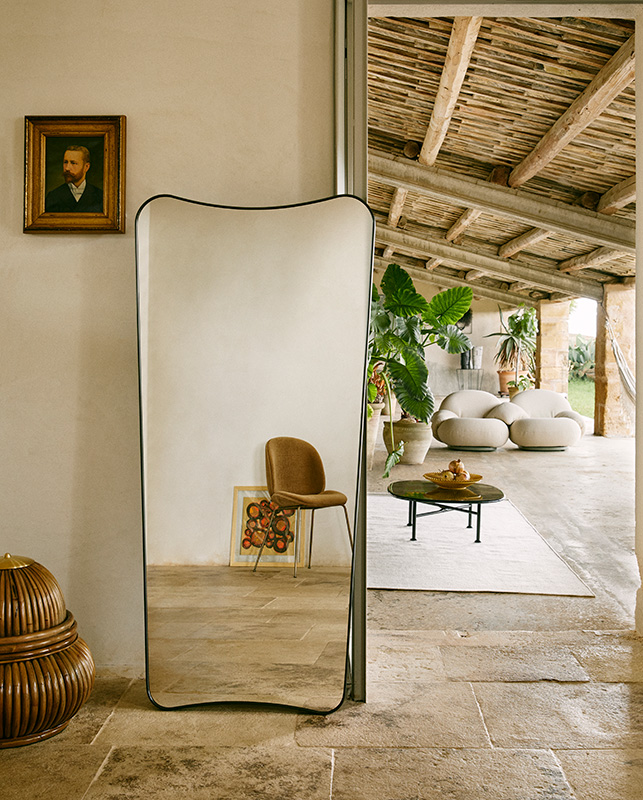
The design is simple but striking: a slender, gently rounded rectangular form that feels almost aerodynamic in its smoothness. There’s no fuss, no heavy ornament — just the soft curve of the frame and the lightest hint of artful detail. It's a mirror that flatters whatever it reflects, throwing back not just images but a feeling: of lightness, of openness, of modern sophistication.
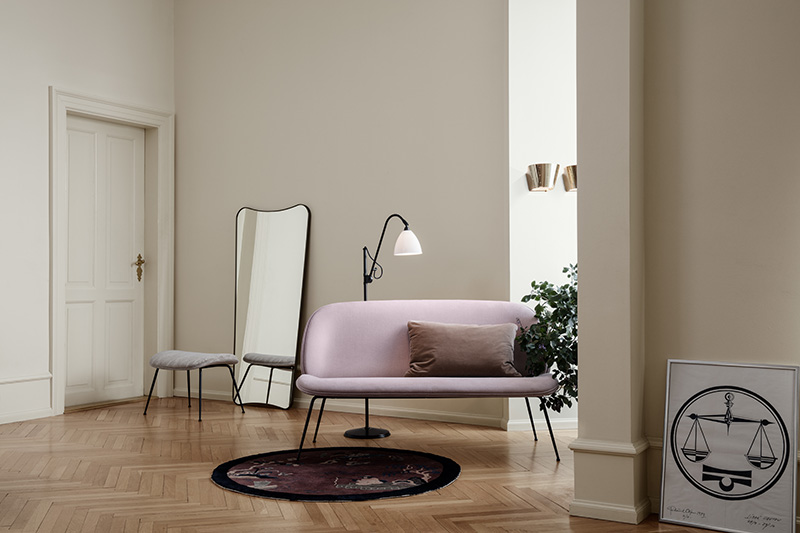
What Makes the F.A. 33 Mirror So Special
There’s something about the F.A. 33 mirror that just feels right — the kind of piece that doesn’t compete for attention but always steals the scene.
What sets it apart is its silhouette — a soft-edged rectangle that’s somehow both structured and fluid. There’s no excess, no need for embellishment. Just a beautifully curved frame that catches the light and adds polish to any space it touches.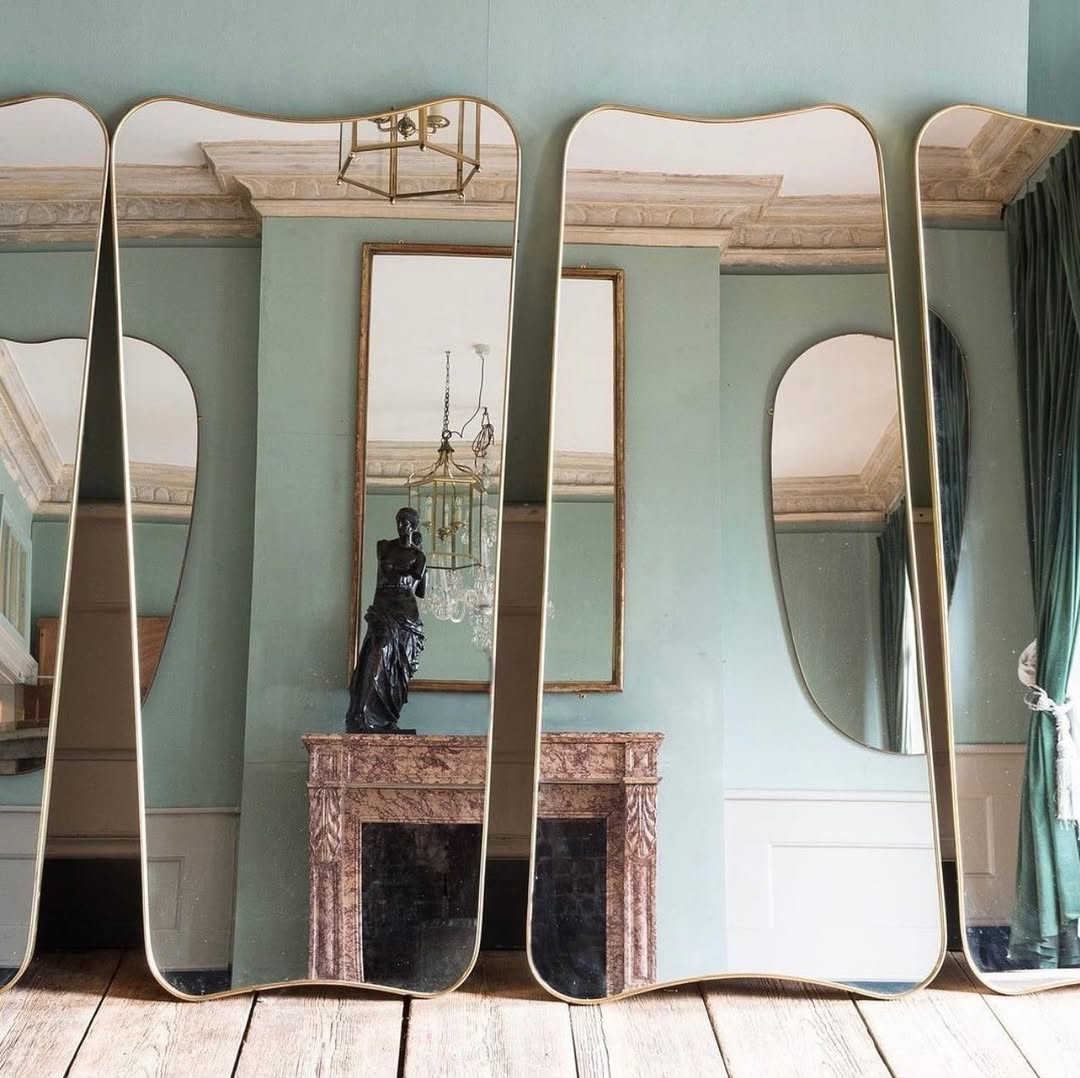
It’s the mirror you didn’t know your hallway, dressing area, or living room was missing. One that reflects more than your image — it reflects a feeling: of timeless taste, understated luxury, and that cool, collected energy Italian design does so well.
Crafted with refined materials and an eye for proportion, the F.A. 33 adds polish to modern interiors, warmth to minimalist spaces, and a sense of quiet luxury anywhere it hangs. Whether above a console, in a hallway, or as a focal point in a bedroom, it’s more than a mirror — it’s a design icon.
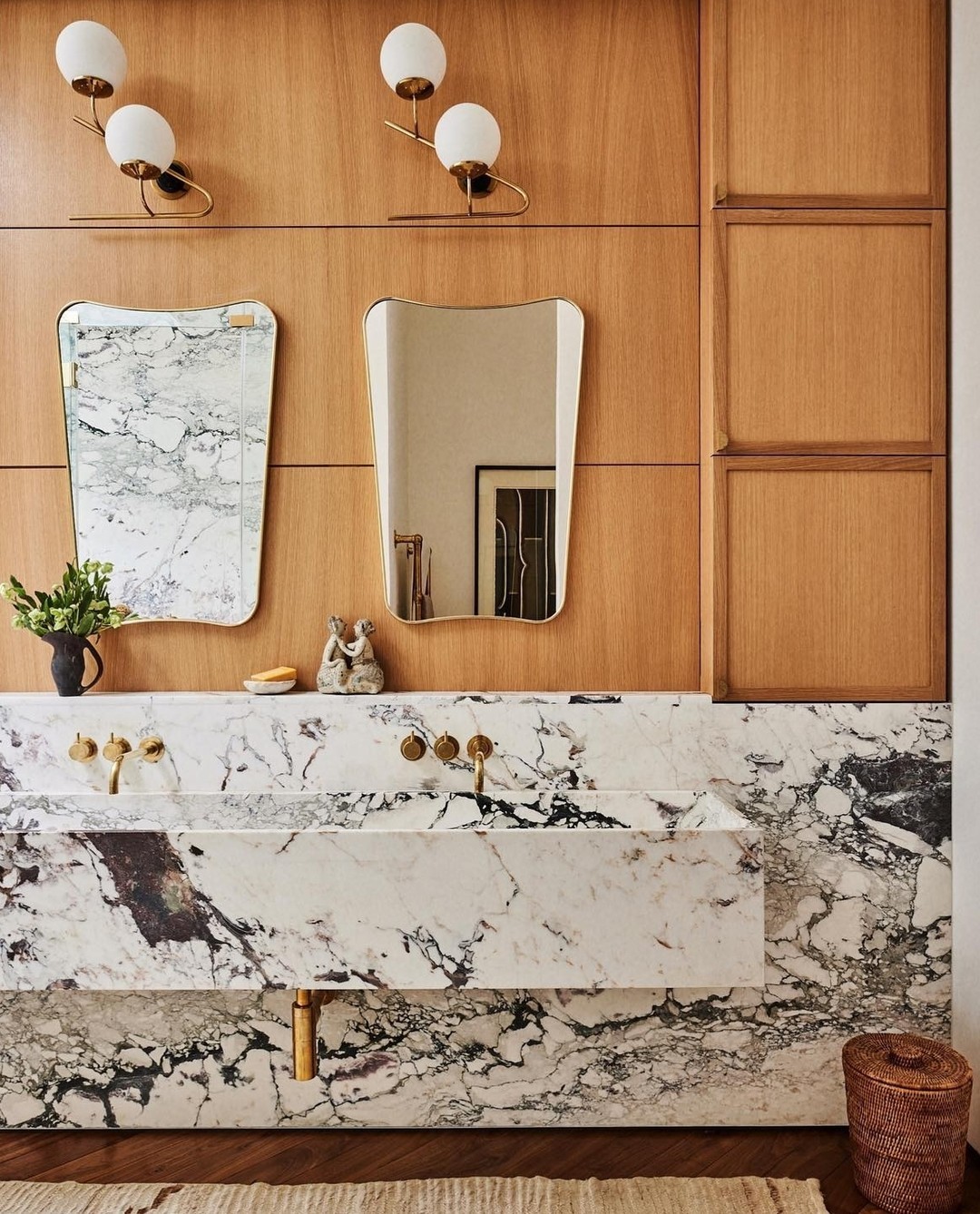
The F.A. 33 mirror is available in two timeless finishes: black brass and gold brass. The black brass offers a sleek, modern edge — perfect for minimalist interiors, cool-toned palettes, or spaces with marble, concrete, or dark wood. The gold brass brings a softer, more classic warmth, ideal for neutral, earthy, or richly layered interiors where a touch of elegance goes a long way. Whether you lean contemporary or vintage, there’s a finish that seamlessly fits — and elevates — your space.
The finish adds just the right touch of sheen — not flashy, but quietly elegant — while the beveled glass lends depth and softness. It’s the kind of material mix that feels rich to the eye and smooth to the touch, perfectly echoing Ponti's gift for refined simplicity.
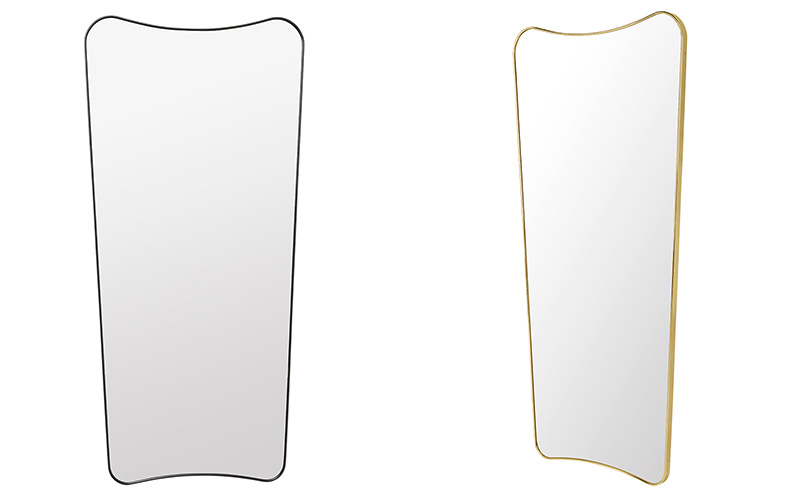
Timeless, not trendy
Hanging a F.A. 33 on the wall changes the room almost immediately. It’s subtle, but unmistakable — like slipping on the perfect piece of jewelry without trying too hard. Ponti understood that luxury wasn’t about excess; it was about clarity, grace, and a little bit of magic. Almost a century later, the F.A. 33 mirror remains one of his most iconic pieces — still as fresh, flattering, and quietly seductive as the day it was designed.
Discover the GUBI F.A. 33 Mirror at Rouse Home
Available in two sizes, its curved silhouette tapers subtly from top to bottom — a soft-edged rectangle framed in either black brass for a sleek, modern mood or gold brass for a touch of timeless warmth. Whether hung in a hallway or above a dressing table, it reflects more than just light — it brings a sense of quiet luxury to any space.

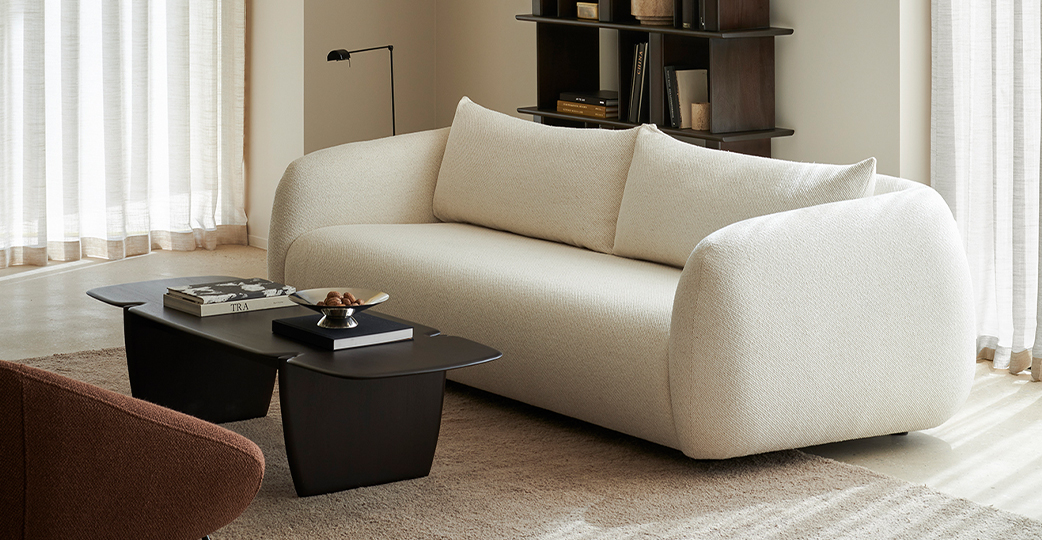 Quick Ship Furniture
Quick Ship Furniture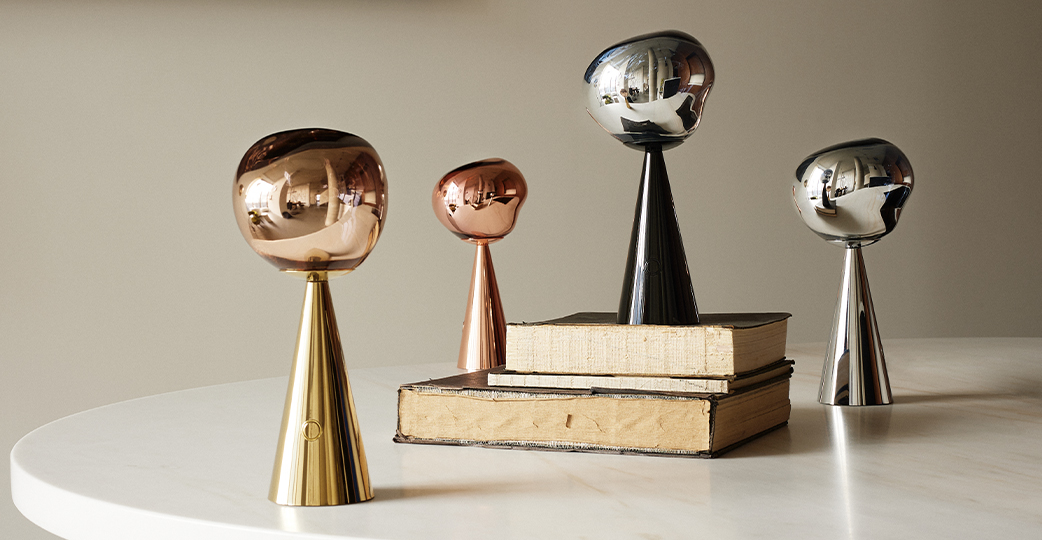 Quick Ship Lighting
Quick Ship Lighting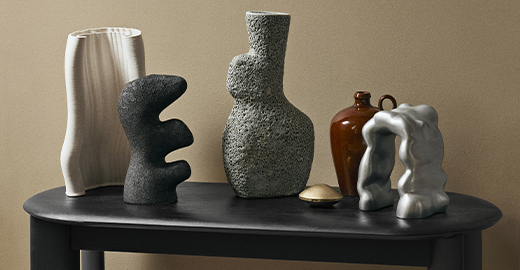 Quick Ship Decor
Quick Ship Decor Quick Ship Outdoor
Quick Ship Outdoor